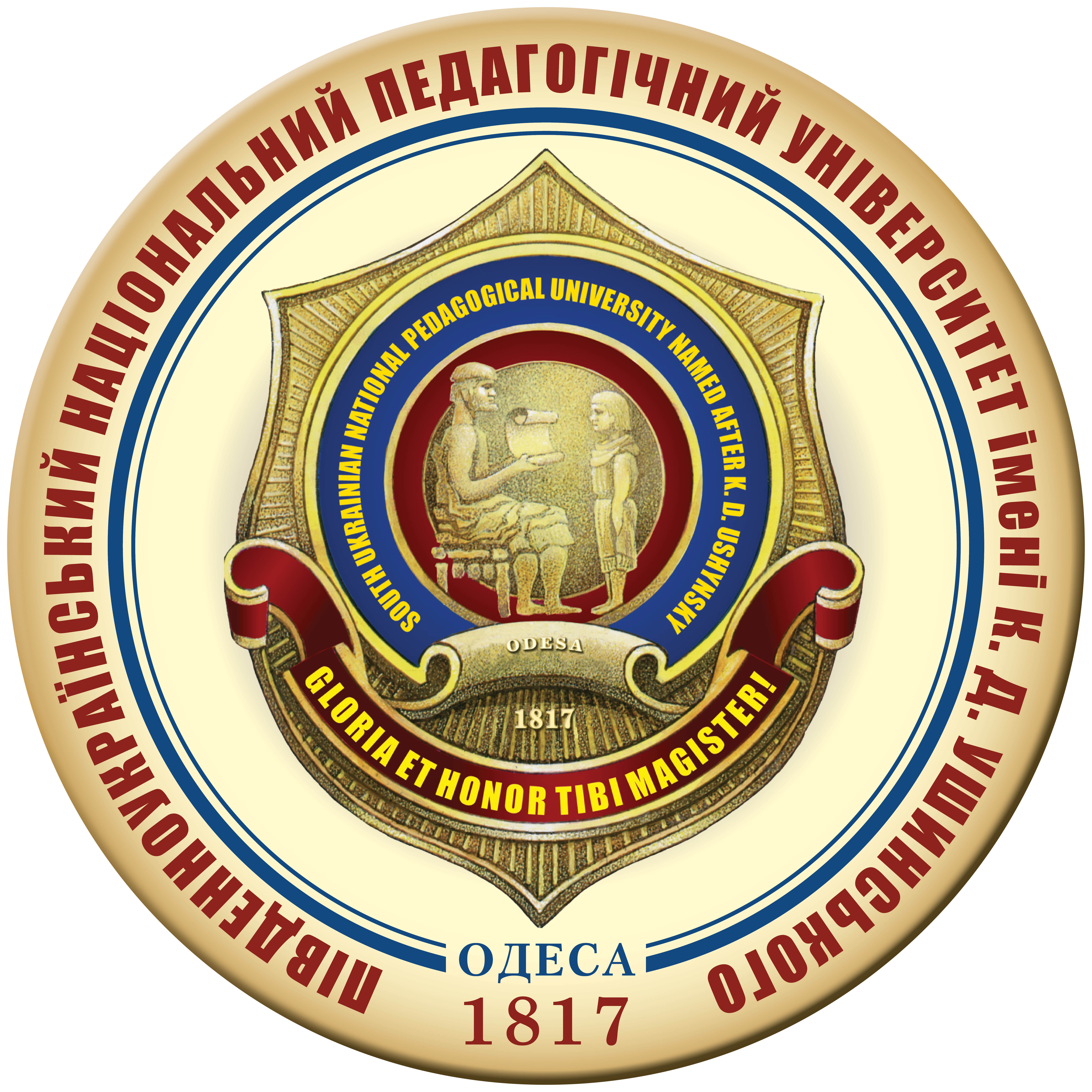ANAEROBIC ENDURANCE AND LACTATE ENERGY SUPPLY: ANALYSIS IN FEMALE HANDBALL
DOI:
https://doi.org/10.24195/olympicus/2024-2.1Keywords:
handball, women, lactate mechanism, energy supply, anaerobic metabolism, highintensity training.Abstract
In the context of the high demands on speed and strength qualities of female handball players, knowledge of anaerobic processes allows for the development of targeted training programs aimed at maximizing their energy resources, which is key for success in intense game moments. The relevance of this study also lies in the insufficient exploration of the specifics of women's handball, particularly in terms of anaerobic abilities and energy supply mechanisms. Understanding these processes opens opportunities for more effective training of athletes, reducing the risk of injuries, and enhancing overall endurance, which is crucial for high competition results. The aim of the study is to determine the level of anaerobic capacity and the anaerobic lactate mechanism of energy supply in the bodies of qualified handball players. Research methods: theoretical analysis and synthesis of scientificmethodical sources on the topic, pedagogical observation, method of determining indicators of anaerobic work capacity and the level of power of the anaerobic lactate mechanism of energy supply in athletes using the "AnaerobHandball" computer program, and methods of mathematical statistics. Research Results. The testing results on anaerobic work capacity determined that the average indicators in both groups have minor differences, indicating the same initial level of preparedness. The power of the anaerobic lactate mechanism of energy supply in handball players at the initial stage is defined as average, highlighting the potential for further development and improvement through targeted training influences. The comparison of results between groups did not reveal statistically significant differences, indicating an equal level of anaerobic work capacity and power of the anaerobic mechanism between the groups at the beginning of the study. The obtained results allow laying the foundation for further study and optimization of training processes aimed at increasing anaerobic work capacity and improving anaerobic energy processes among women's handball teams. Conclusions. The study confirmed that the systematic application of specialized training methods can significantly improve these indicators in athletes, which, in turn, will contribute to increasing their sports effectiveness and endurance during competitions. In particular, it was found that the level of anaerobic work capacity and the power of the anaerobic lactate mechanism of energy supply have a significant impact on the ability of handball players to perform high-intensity actions during the game. The necessity of further exploration of this topic is indicated to optimize training programs and recovery techniques. The proposed directions for further research include analyzing the impact of various training approaches on anaerobic work capacity and developing individual programs that take into account the characteristics of each handball player.
References
Bilge M. Interval training specific to handball and training programme designs. World Applied Sciences Journal. 2013. Vol. 25(7). P. 1066–1077.
Demirman R., Bilge M., Yıldırım Tuncer S., Eler N. E. B. A. H. A. T. Effect of HIIT on Motor Performance in Female Handball Players. Balneo and PRM Research Journal. 2024. Vol. 2. P. 15(1).
García-Sánchez C., Navarro R. M., Karcher C., de la Rubia A. Physical demands during official competitions in elite handball: A systematic review. International journal of environmental research and public health. 2023. Vol. 20(4). P. 3353.
Evhen P., Valeria T. Peculiar properties and dynamics of physiological indicators in handball team. Journal of Physical Education and Sport. 2017. Vol. 17(1). Art 49. P. 335–341.
Gibala M.J. Physiological basis of interval training for performance enhancement. Exp. Physiol. 2021. Vol. 106. P. 2324–2327.
Henrique J.R., Ramirez-Campillo R., Fernandez F.T.G., Castillo D., Raya-González J., Zmijewski P., Clemente F.M. High-intensity interval training programs and their impact on endurance performance in handball players: A systematic review. Biomedical Human Kinetics. 2024. Vol. 16(1). P. 113–130.
Kale M., Akdoğan E. Relationships between body composition and anaerobic performance parameters in female handball players. Physical education of students. 2020. Vol. 24(5). P. 265–270.
Lisenchuk G., Tyshchenko V., Zhigadlo G., Dyadechko I., Galchenko L., Piptyk P., Bessarabova O., Chueva I. Analysis of psychological state of qualified female handball players depending on the phase of the ovarian-menstrual cycle. Journal of Physical Education and Sport.
Vol. 19(3). Art 115. P. 808–812.
Orduña-Borraz E., Mainer-Pardos E., Marco-Contreras L. A., Lozano D. Enhancing Performance and Promoting Sustainability in Female Handball: The Impact of Olympic Movement Training on Jumping, Throwing, Sprinting, and Change of Direction. Sustainability. 2024. Vol. 16(3). P. 1182.
Rios M., Fernandes R.J., Cardoso R., Monteiro A.S., Cardoso F., Fernandes A., Silva J. A. Physical Fitness Profile of High-Level Female Portuguese Handball Players. International Journal of Environmental Research and Public Health. 2023. Vol. 20(9). P. 5751.








